Bhubaneswar from a Temple Town to a Capital City
In this informative new book, Ravi Kalia continues his examination of the planning of Indian cities begun with his earlier study of Chandigarh. Here, Kalia makes systematic inquiries into the political circumstances that brought about modern Bhubaneswar, the capital of the east of Orissa, to reveal the historical and social circumstances that shaped the city. The need for a new state capital was first voiced when Orissa was constituted as the eleventh province of British India in 1936. In explaining the political, economic, and religious reasons for constructing the new capital of the region at Bhubaneswar, Kalia notes the often conservative attitudes of the Oriya people, who initially opposed the transformation of this revered site into a capital city. Before it became the capital of Orissa in 1948, Bhubaneswar was a temple town and an important Hindu cultural and religious center to followers of Buddhism, Jainism, Shaivism, and Vaishnavism. The presence of so many different religious gave the city its pluralistic character, one of the factors responsible for its eventual selection as the capital city. The designation of Bhubaneswar as the capital proved to be controversial. The Oriyas debated where to place the capital for almost ten years, with Bhubaneswar's primary competition being the cities of Cuttack and Puri. When the postwar Reconstruction Department recommended Bhubaneswar as a possible choice because it contained large tracts of undeveloped land, the Oriyas at last agreed, viewing the city as a symbol of past pride that could preserve Oriya unification, while offering hope for a modern future. Nehru's bold commitment to secularism and scientific progress did not shift the Oriyas away from an enduring reverence for their heritage. Kalia writes, "If Old Bhubaneswar had suffered from years of neglect and decay, its power over the Oriyas would remain tremendous, even conclusive, and would exhibit itself with great distinctness in the building of New Bhubaneswar." The German Planner Otto Koenigsbergerwas hired to implement the design of the new capital city. Koenigsberger and the Oriyas disagreed broadly in concept. With Koenigsberger perceiving the development of New Bhubaneswar along secular lines. He saw a flourishing city with political autonomy, organized commercial relationships, and brave new architecture that could accommodate the requirements of modern life. In contrast, the Oriyas wanted the city to retain its close relationship to its religious past. As a result, the conflicting concepts of capital city and temple town struggled for dominance. In the end, even though Koenigsberger provided a master plan, the architectural developments in Bhubaneswar were carried out by British-trained Indians eager to find their own identity. The final shape and style of Bhubaneswar bear the imprint of Indian religion as much as that of Western rationalism. The Indian planners and architects achieved their own synthesis of the modern international style, grooming themselves to replan various other old cities as well as plan new ones. In this account, Kalia brilliantly shows the interplay of indigenous religious forces, regional loyalty, and Western secular ideas in the context of twentieth-century international architecture and planning movements. This book will prove invaluable to historians, architects, planners, sociologists, and scholars interested in India, as well as those interested in urban planning in developing countries.
Get it now and save 10%
BECOME A MEMBER

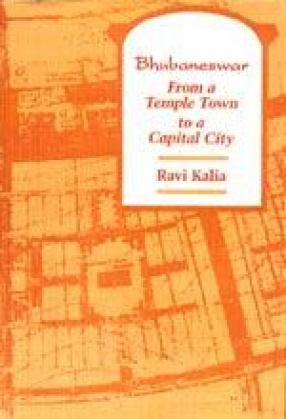
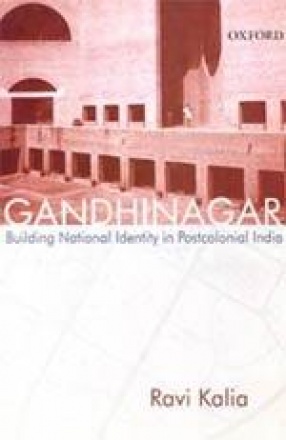
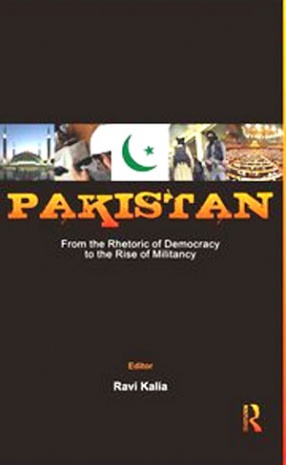
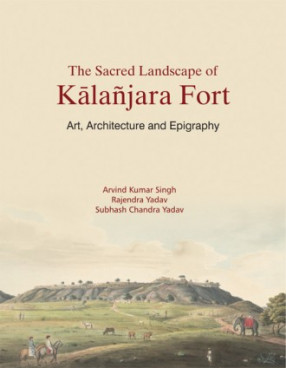
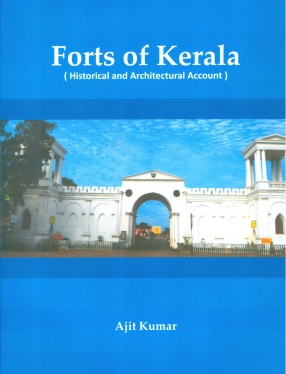
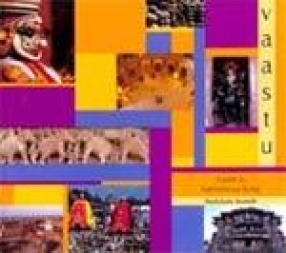
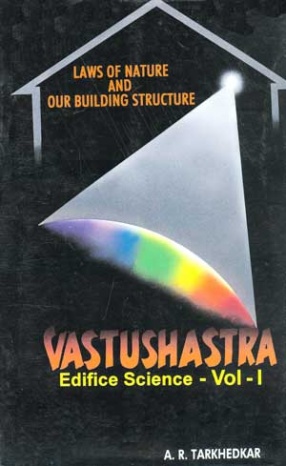

Bibliographic information